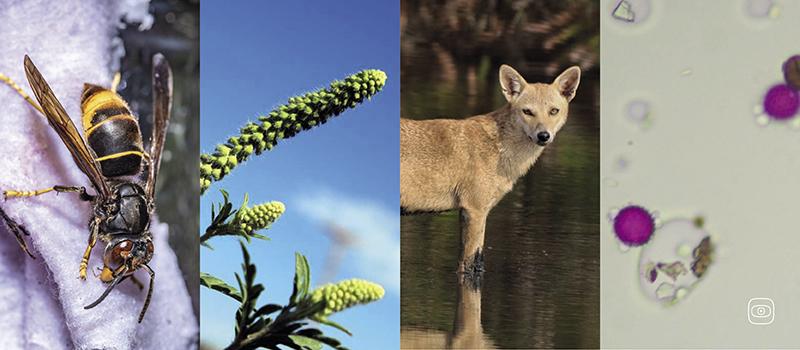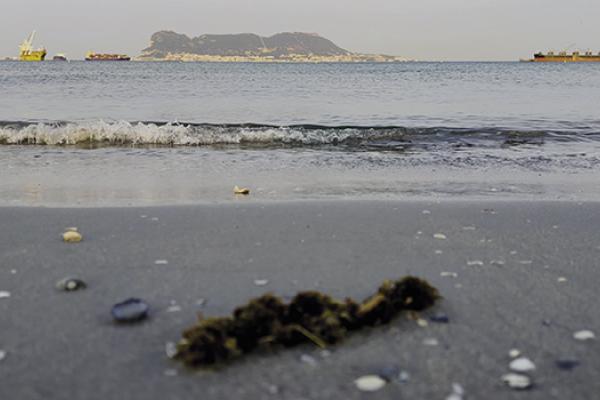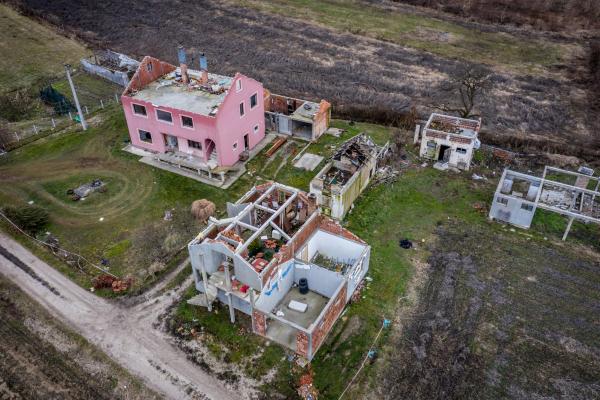A recent report shows that invasive species are linked to 60% of global plant and animal extinctions. The economic burden caused by these species is estimated at over 400 billion dollars each year. In the long term, the magnitude of their impact is comparable to other global challenges, such as natural disasters. They also generate significant health-related costs for humans — from disease transmission and allergies to contamination of food and water. How do communities learn to live with them?
Romania and Italy share many invasive species. One of them is common ragweed, a plant to which 10–15% of the European population is allergic. Another is the golden jackal — a target for farmers and shepherds, as it occasionally attacks livestock. Once the Asian hornet arrived in Europe, this highly efficient honeybee predator began generating annual costs of tens of millions of euros — both in control efforts and direct losses to honeybee populations. Currently, the hornet is present in Italy, while Romanian beekeepers say it is only a matter of time before it reaches Romania.
This project is a comparative investigation of how public authorities, NGOs, and communities in Romania and Italy respond to these three invasive species. What effective solutions have they found, and what can they learn from one another?
Solutions range from a crowdsourced map tracking ragweed in Romanian fields to aerobiological stations in Italy that monitor air quality and inform citizens about pollen allergy risks. From Romanian scientists monitoring jackal populations to Italian awareness campaigns helping people understand that the animal poses no threat to humans. From the use of new technologies such as radiotelemetry in Italy’s fight against the Asian hornet to awareness campaigns in Romania preparing for the insect’s likely arrival.
Image by Afsarnayakkan, Vespa Watch (Creative Commons), RADAR









